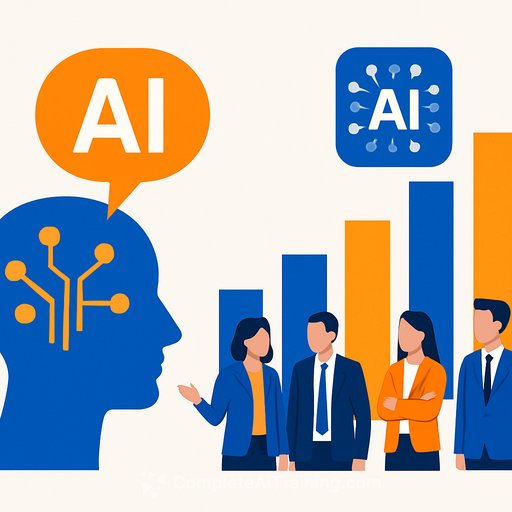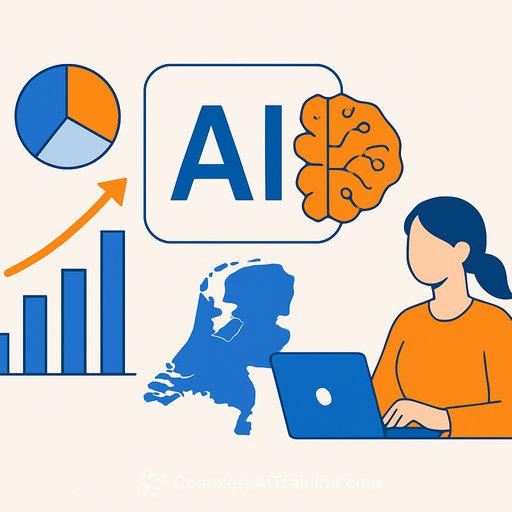Walmart's AI Strategy Focuses on Growth and Productivity
Walmart is advancing its AI strategy with plans to develop four "superagents" that will operate throughout its retail business. CEO Doug McMillon highlights that the company expects AI not just to improve productivity but also to drive revenue growth. This marks a shift from the common enterprise view that AI primarily boosts efficiency.
In its recent second quarter results, Walmart reported earnings of 68 cents per share, slightly below expectations, but revenue reached $177.4 billion, surpassing estimates. The company maintained its fiscal 2026 outlook, signaling confidence in its ongoing initiatives.
Tracking Walmart’s AI Development
- Building a platform approach to data, AI, and optimization
- Investing in technology to improve operational resilience
- Focusing on supply chain optimization, AI, and automation for fiscal 2026
McMillon stated, "AI isn’t lifting our top line sales yet. We’re in the early days. But our roadmap is exciting given our expanded assortment and tech capabilities."
Walmart recently created a new AI leadership position reporting directly to McMillon and brought in Daniel Denkers, formerly of Instacart and Uber, to accelerate AI efforts. Another role was established to focus on AI platforms, productivity, and architecture under CTO Suresh Kumar.
"While productivity is a clear benefit, our daily focus is on how AI can better serve customers," McMillon added.
The Four Walmart Superagents
Walmart plans to roll out four key superagents, each managing a set of AI agents to improve different areas:
- Sparky: A customer-facing assistant within Walmart's app, currently focused on search and help, with plans to become more autonomous.
- Associate Superagent: A tool for employees combining scheduling, sales data, and essential information in one place.
- Supplier Superagent: Manages onboarding, orders, and advertising campaigns for suppliers, sellers, and advertisers.
- Developer Agent: Aims to accelerate new product development and delivery.
McMillon also pointed out opportunities such as digital twins of Walmart’s facilities to predict and avoid problems, and improving dynamic delivery windows that will cover 95% of U.S. households by year-end.
If Walmart can tie AI directly to sales growth, it would be a notable achievement. Many companies struggle to move beyond pilot programs into production-ready AI solutions.
Key Insights from Walmart's Second Quarter and Tech Plans
- Investments are funded by high-growth, high-margin segments.
- Sam’s Club saw a 16% membership increase, 50% growth in advertising, and 26% rise in e-commerce sales.
- These areas provide Walmart with flexibility to absorb tariffs, handle pricing pressures, and invest in innovation.
- Walmart’s CFO John David Rainey highlighted investments in technology, AI, and supply chain automation that could yield returns around 20%.
The Data Flywheel Advantage
McMillon emphasized Walmart’s vast data resources, including product catalogs, delivery, and real-time data, which enable better context-aware shopping experiences. This means Walmart can tailor offers based on whether customers are restocking essentials or browsing, focusing on delivery speed or assortment variety.
Enhancing Physical and Digital Integration
Walmart’s strength lies in combining digital capabilities with physical assets like its supply chain and in-store service. Sam’s Club CEO Christopher Nicholas noted that over 40% of weekend shoppers use Scan & Go and Just Go arches, highlighting AI-driven improvements in customer experience through technologies like computer vision.
For sales professionals, Walmart’s approach shows how AI can be integrated across customer service, operations, supplier management, and product development to create tangible business value. Watching how Walmart’s superagents evolve could provide useful insights into AI’s role in driving both efficiency and top-line growth.
Your membership also unlocks:






